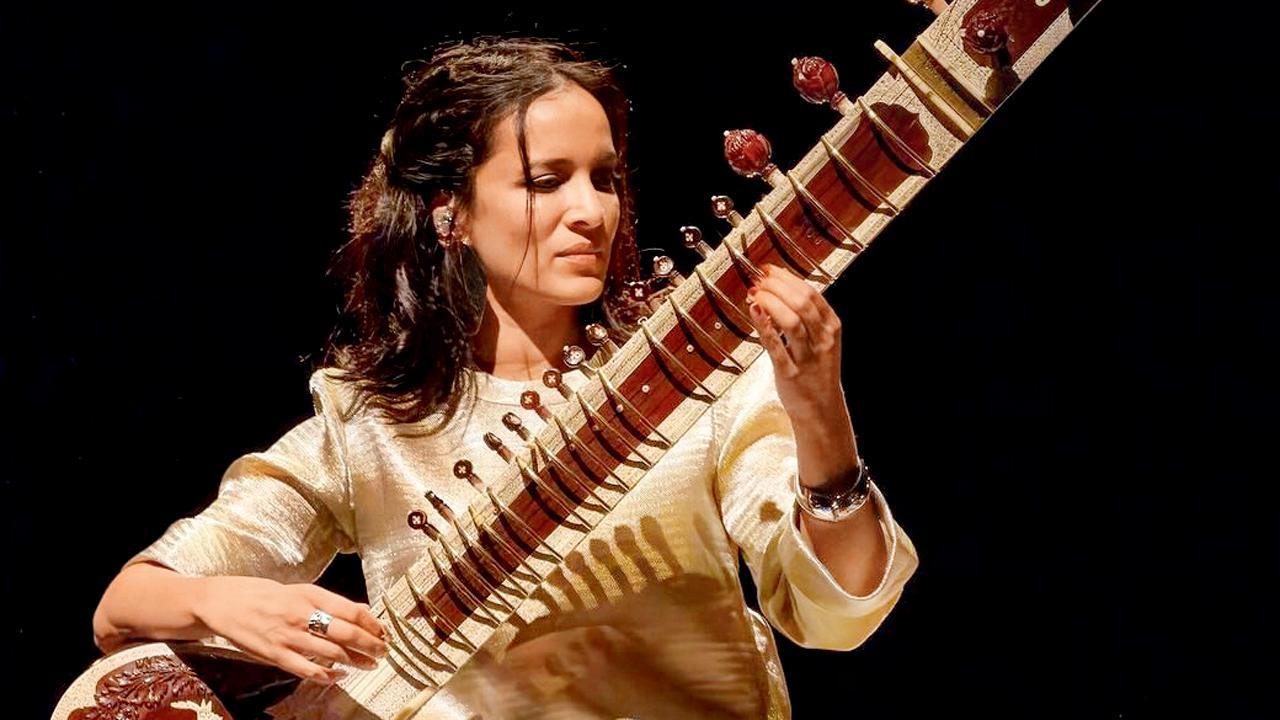Home / Entertainment / Bollywood News / Article /
Simplicity of the sitar
Updated On: 08 January, 2024 06:08 AM IST | Mumbai | Sonia Lulla
Ahead of her India act at the Lollapalooza festival, Anoushka Shankar shares that the desire to showcase “my instrument” in a new light paved the way for the making of her multi-edition album

Anoushka Shankar
A decade spent serenading music aficionados via live stage shows has been instrumental in enabling Anoushka Shankar to learn the tropes of pulling off an entertaining gig. The British-American singer with Indian roots is well aware that her lineage draws large crowds of diverse musical sensibilities, a fact that holds prominence in determining how she opens her act. “I want people to know that this isn’t a standard classical sitar show. It’s far from that. So it feels important to establish that at the beginning. Other than that, I don’t think there’s a huge difference in my shows based on where I am playing. My fans in India often make requests, and that’s a beautiful feeling,” says the singer, set to play to her Indian fans at the upcoming two-day Lollapalooza festival that begins on January 27.
At the city gig, Shankar will play “a mix of things”, with an emphasis on music from her new album, Chapter One: Forever For Now. “But, there will be new arrangements that you won’t find on the album. I’ll also be looking back at some of my favourite stuff from my catalogue that may be suitable for a festival set-up. There’s a lot of improv in my shows. We give a lot of room to the band to [gauge] how the audience feels.”




